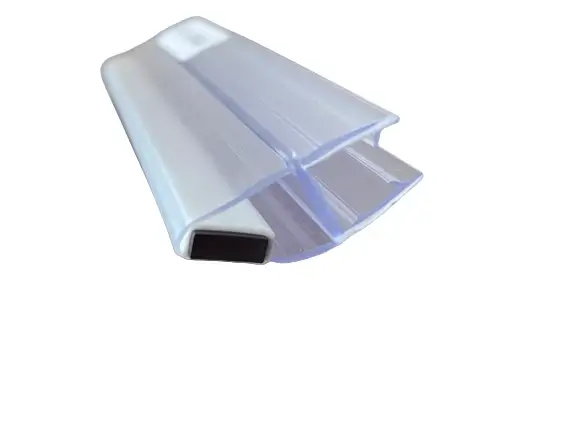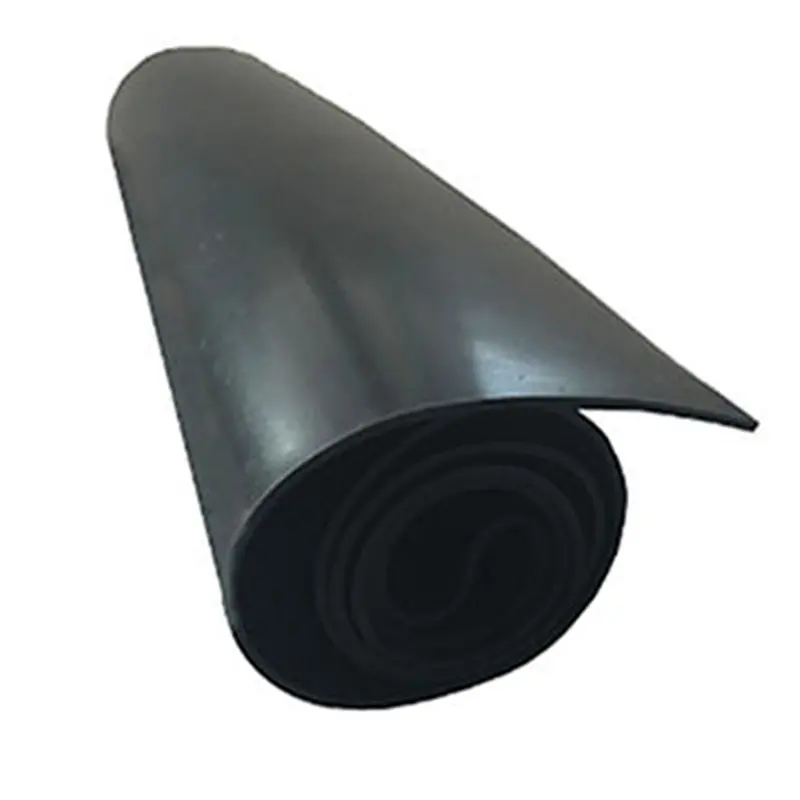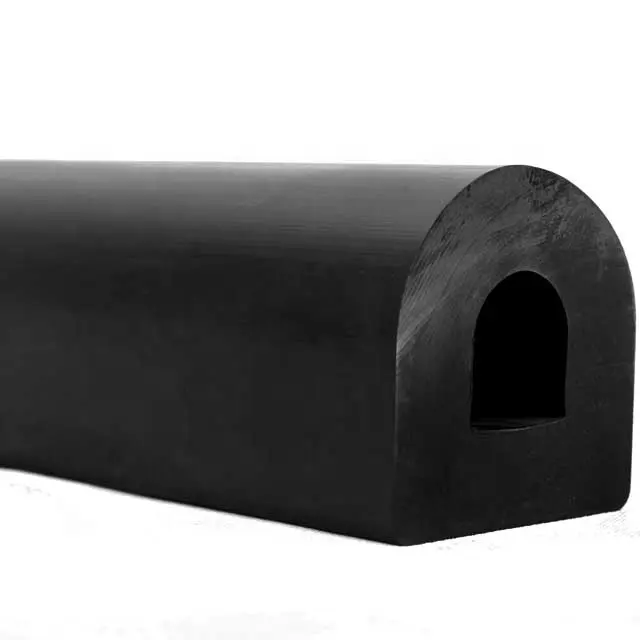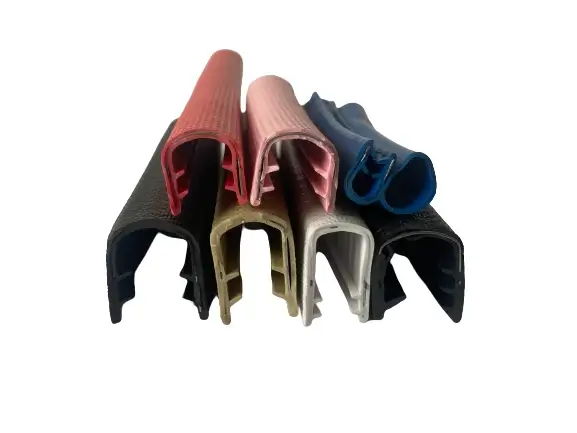Aug . 15, 2024 17:45 Back to list
Effective Weatherstripping Solutions for Improved Home Energy Efficiency and Comfort Year-Round
Understanding Weatherstripping The Key to Home Energy Efficiency
Weatherstripping is often an overlooked aspect of home maintenance, yet it plays a crucial role in energy efficiency, comfort, and overall home protection. It refers to the materials and techniques used to seal joints or openings in a building, preventing the unwanted flow of air, moisture, and dust. By effectively insulating a home, weatherstripping not only reduces energy bills but also enhances the living environment for occupants.
The primary function of weatherstripping is to create a barrier against drafts. Whether it’s chilly winter winds or the scorching heat of summer, maintaining a consistent indoor climate is essential for comfort. Poorly sealed windows and doors can lead to significant temperature fluctuations, causing heating and cooling systems to work overtime, which ultimately results in higher energy costs. By applying weatherstripping around doors and windows, homeowners can minimize these drafts and ensure that their heating and cooling systems operate more efficiently.
There are various types of weatherstripping materials available, each suited for different applications and preferences. Some common options include
Understanding Weatherstripping The Key to Home Energy Efficiency
2. Foam Tape Easy to cut and apply, foam tape is an effective option for irregular surfaces. It compresses well, making it ideal for gaps in various sizes. However, it may not last as long as other types, so periodic replacement is necessary.
d weatherstrip
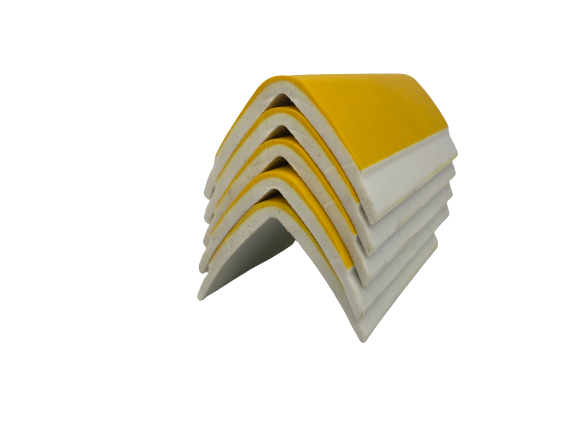
3. Rubber and Vinyl These materials offer durability and can effectively withstand harsh weather conditions. Weatherstripping made from rubber or vinyl often comes in the form of a flexible strip that can be easily attached to doors and windows.
4. Door Sweeps These are used at the bottom of doors to prevent air and debris from entering. They can be made from materials like rubber, vinyl, or aluminum, and provide a tight seal against the floor.
5. Magnetic Weatherstripping Particularly useful for metal doors, magnetic strips allow for a firm seal when the door is closed, effectively minimizing airflow.
Installing weatherstripping is a relatively straightforward task that can be undertaken by homeowners without professional assistance. The first step is to identify areas where drafts are prevalent. This can be done by feeling for air leaks around doors and windows or by conducting a visual inspection. Once the problem areas are noted, homeowners can select the appropriate weatherstripping material and follow the instructions for installation.
Beyond comfort and energy savings, weatherstripping also has an impact on indoor air quality. By minimizing the entry of dust, pollen, and allergens, properly sealed homes can provide a healthier living environment. This is particularly important for individuals with respiratory conditions, as well as those who suffer from allergies.
In conclusion, weatherstripping is a vital component of home maintenance that should not be neglected. By effectively sealing entry points, homeowners can achieve significant energy savings, enjoy a more comfortable living space, and maintain a healthier home environment. As energy costs continue to rise, investing in weatherstripping is a smart and effective way to enhance a home’s efficiency and protect its integrity. Regular inspections and maintenance will ensure that weatherstripping remains effective, making it a worthy addition to any homeowner’s list of priorities.

